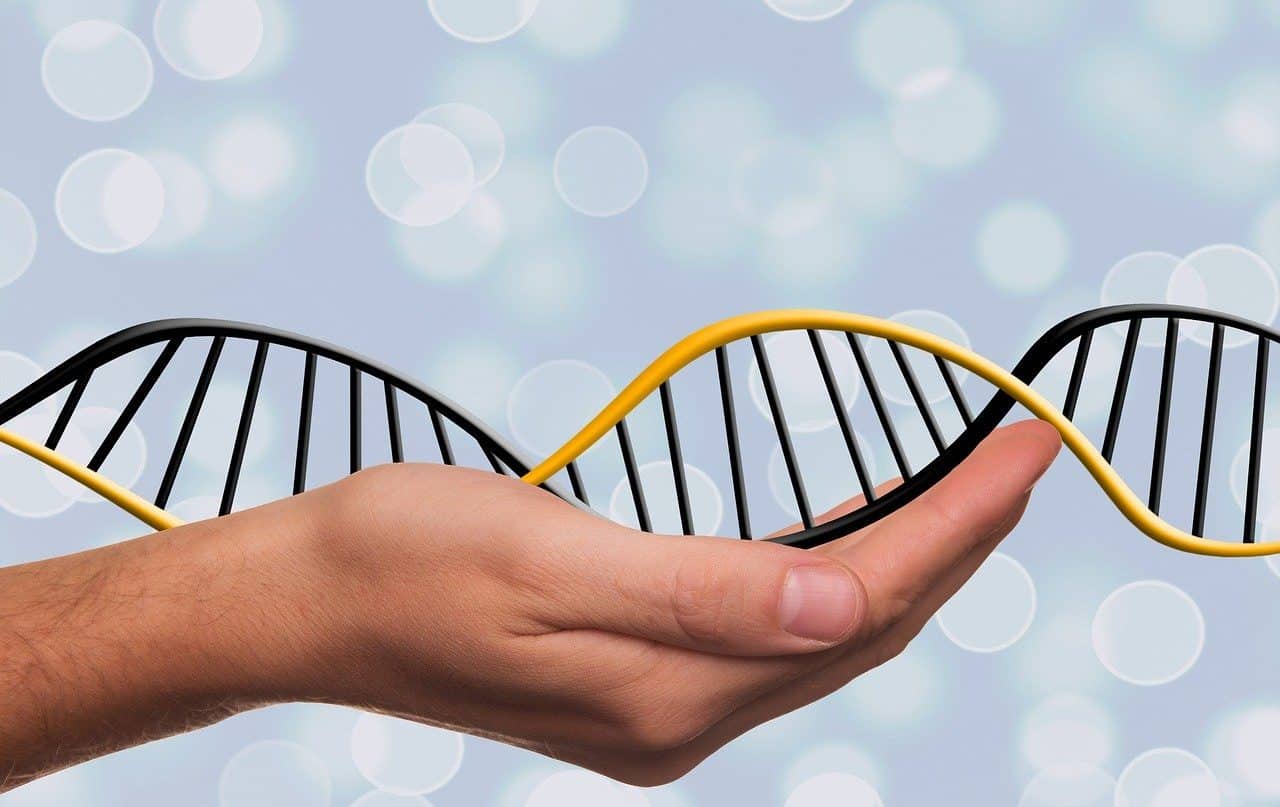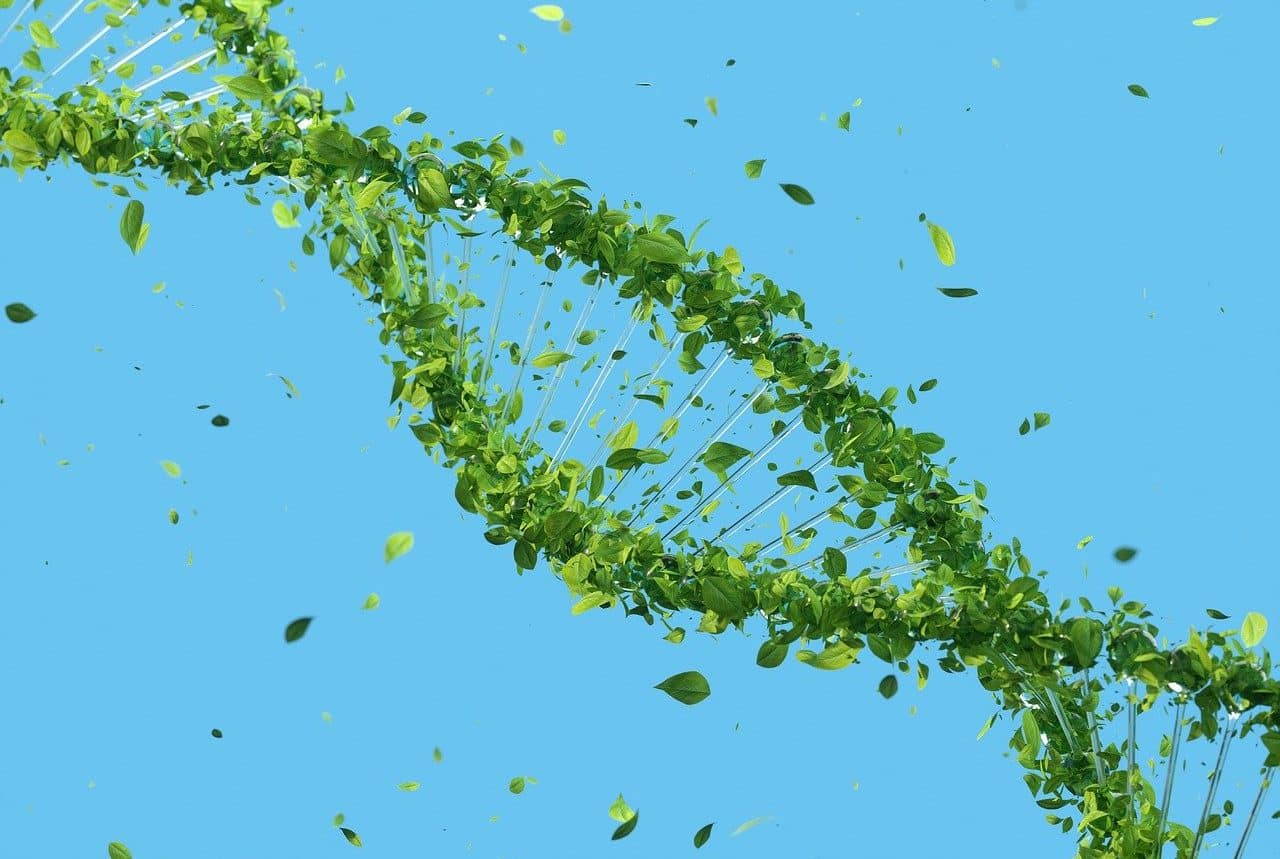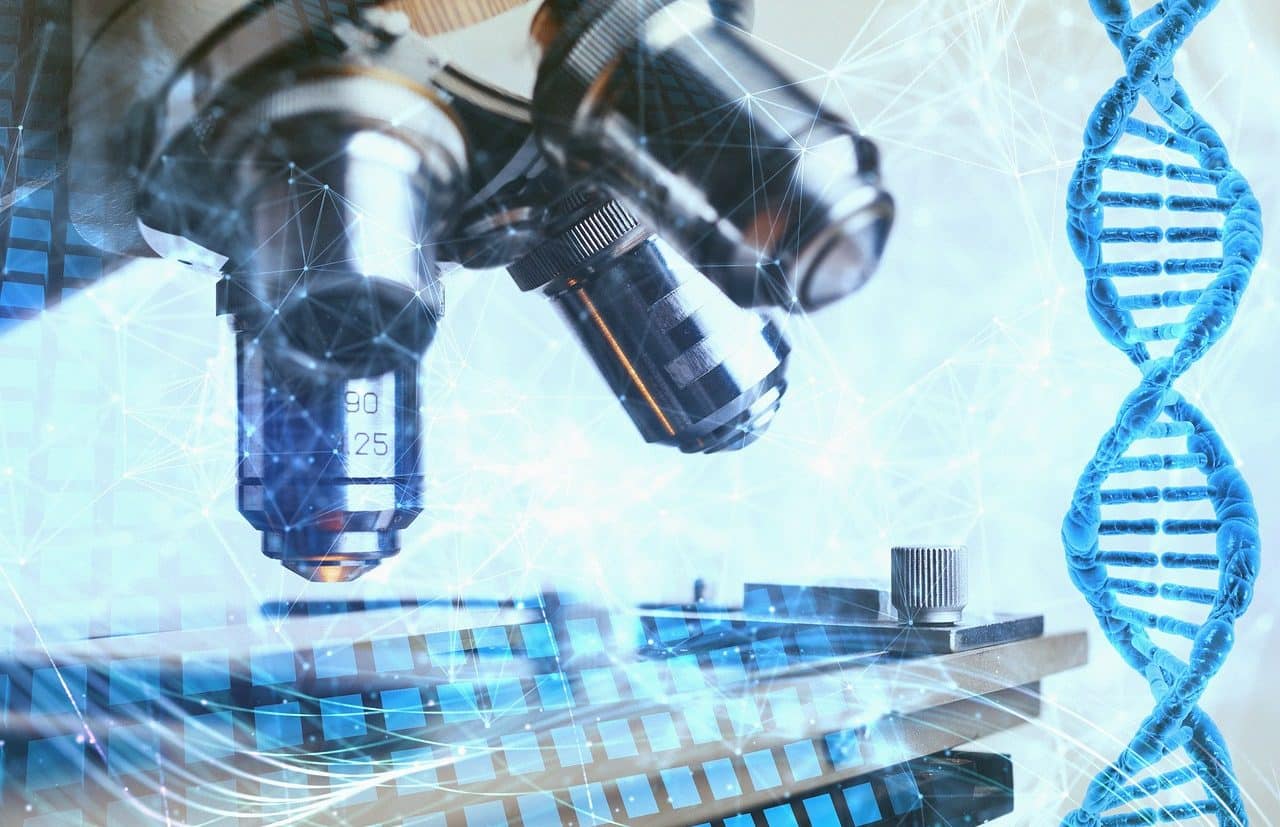
The initiation of replication is the first part of the DNA duplication process, followed by elongation and, finally, the termination instance.
DNA replication is a process also defined as self-duplication or self-replication that allows obtaining, at least, a pair of replicas of genetic material .
Before continuing to delve into the particularities of this mechanism, it is appropriate to highlight that Biology experts use the acronym DNA to refer to deoxyribonucleic acid . It is a biopolymer that, in its sequence, contains essential instructions for the development of living beings and certain types of viruses . DNA information is key for proteins to be synthesized and hereditary traits to be transmitted to descendants of a clan.
The DNA strand begins to replicate at a fixed point on the chromosome defined as the point of origin of replication . It is a sequence based on nucleotides from which the so-called replication fork unfolds, marking the appearance of identical DNA strands . This hairpin -like structure, whose movement is bidirectional, responds to the need for each chain included in the double helix to remain separated from the others (since in the cell the two chains are duplicated simultaneously) so that both are suitable as a matrix or mold for a new chain.
Characteristics of DNA replication
When analyzing DNA replication, different characteristics come to light. First of all, it should be noted that the percentage of DNA capable of being synthesized based on a particular point of origin of replication is known as a functional unit of replication .
Although in most cases there is a replication fork in two directions (opposite directions), the existence of exceptions cannot be overemphasized. In certain plasmids and in the mitochondrial genome , for example, from one to a pair can be distinguished in terms of origin of replication , having a unidirectional sense.
Thanks to contributions from Tsuneko and Reiji Okazaki , Japanese scientists who established that when a new DNA chain is formed it is a short piece that is part of a discontinuous replication process, the Okazaki fragments were discovered. These are short DNA chains that are synthesized in the discontinuous strand and are linked together through DNA ligase , thus achieving a continuous DNA chain .

During DNA replication, the strands of the double helix serve as a template for the synthesis of a new, complementary strand.
Guys
There are several types of replication . According to the proposed models, the variety of semiconservative replication is distinguished (which involves the emergence of a pair of DNA molecules based on an original strand and a new one) and conservative replication (a process that marks the appearance of an absolutely new). There is even dispersive replication that involves a break and subsequent reorganization of strands in a molecule made up of old and new fragments of each of the strands involved in DNA .
Bidirectional replication , continuous replication and discontinuous replication are other categories that account for the various modalities in which DNA duplication can occur.
Importance of DNA replication
Knowing what DNA replication is like and what it consists of is important given the numerous applications or utilities that this process has for the fields of medicine and biotechnology , for example. This information is taken into account in experiments and analyzes linked to, among other alternatives, gene therapy and DNA cloning .
Much has been researched, and work is still being done, about the impacts or consequences of DNA replications . It has been officially announced, to provide a reference, that a defective, problematic or failed replication mechanism at the cell division stage causes alterations at the genetic level and epigenetic changes that extend up to five generations.

In a replication fork there is a group of proteins (including primosomes and helicases) that makes up what is known as a replisome.
Using a modern technique aimed at identifying enzymatic targets, on the other hand, experts from the University of Seville and the Andalusian Center for Molecular Biology and Regenerative Medicine (CABIMER) detected unreplicated DNA gaps during the mechanism, at a molecular scale. , DNA replication . Within the framework of these studies, the role, within DNA replication , of the main gene that causes hereditary types of ovarian and breast cancer was determined.
There were also news released from the National Cancer Research Center (CNIO) . Experts from this institution shared their work with their colleagues from the University of Zurich and found that RAD51 is a protein that helps prevent DNA that has already been copied from being replicated. They say it is a natural strategy to stop the possibility of genomic duplications . The CNIO has also released interesting data on the negative effects that in vivo re-replication has on mammals. In this panorama, they highlighted that the errors produced during the replication phenomenon often translate into carcinogenic mutations. It turned out that specifically in unicellular beings, double DNA replication increases the periodicity of gene amplification .
